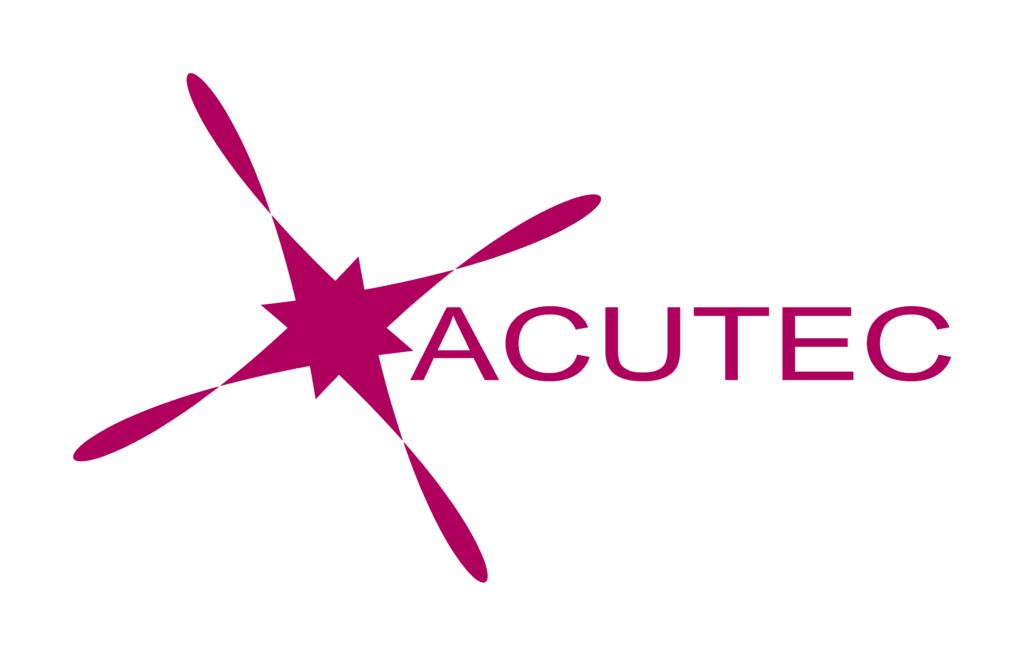What does “going digital” mean for you and your business? Are you thinking about transitioning to digital business methods, or in the process of doing so? Perhaps you’re already running a business using digital methods, but is there more you can do to fully embrace this way of doing business? It’s 2020 – a new decade – and for some, that means it’s the perfect time to transition to the digital business model. What can businesses do to digitise, and what kinds of products can help you make the transition?
What does it Mean to Go Digital?
“Going digital” and “digital disruption” are two phrases that are thrown around a lot these days, but for many people, it’s hard to figure out what they actually mean. Many organisations make a few small changes to how they operate, and then proclaim that they’ve gone digital. But while incremental changes are fine in some areas, in terms of being a digital business, a few small changes aren’t enough to help you stay ahead of your competition.
To be a digital business means more than doing the same things in slightly different ways. A digital business model is one that makes digital tech part of a business’s core strategy. A truly digital business has made digital technology and processes part of everything they do, whether it’s using digital communications tools to stay in touch with clients, or storing data in the cloud as well as on physical servers. And more than that, a truly digital business makes the digital mindset part of company culture, so that it’s a way of life for every employee.
Embracing the Digital
You want to take your business to the next level by leveraging digital tech, but what are the practical steps that will help you get there? Accenture outlines 6 essential steps for any company that’s looking to embrace the digital:
- Set aside time for creative thinking: who are your best, most creative people in the company? Set time aside to get these people together for brainstorming sessions.
- Nurture the digital mindset: a true digital transition starts from inside the business – from its culture, operations, and processes. For this to work, clear and decisive leadership is essential at every level of operation.
- Use trial and error: not every digital initiative you try will be successful. Don’t let that deter you from your goal. Learn quickly from the mistakes you make, and keep trying.
- Find other companies to partner with: one way to get ahead is to partner with other companies – such as digital startups – so that each business can draw on the other’s expertise and talent. For best results, find businesses that are complementary to yours, rather than in competition.
- Bring in new talent: “legacy thinking” leaves many people stuck in old, unproductive ruts that they find it hard to break out of. Bringing in new people from outside the business can help, because it introduces new ways of thinking that aren’t hindered by the mindset of the status quo.
- Measure digital KPIs: Designate several KPIs to measure the success of your digital strategies. Include indicators such as revenue and digital-driven growth, but don’t forget back-end indicators such as product development time.
The Products that Can Help You Go Digital
Operating in the digital zone is all about flexibility – being able to run equally well both in the cloud and on your own home turf. The kinds of products that will help you do this are just as versatile as your business needs to be. The perfect example of such a product is Office 365.
Why is Office 365 so useful? The most important reason is that it’s one of the few products out there that has been purpose-built, designed from the ground up, as a digital product. Like its contemporary, Windows 10, Office 365 was designed to work with cloud-based computing. Most older products have had cloud-compatible features added on to extend their lifespan in the digital age. On the other hand, Office 365 was designed with the cloud in mind, and it shows, in the flexibility of the product suite and how well it meshes with the digital world.
One of the hallmarks of Office 365 is how seamlessly it integrates the various products, tools, and applications embedded within the suite. With communication tools like Teams and SharePoint, and apps such as OneNote and Planner, using Office 365 helps your employees communicate, collaborate, and organise more effectively. In particular, Teams is incredibly useful for a business that’s embracing digital operations. It replaces stand-alone apps like Slack, Skype, and Messenger, as well as internal email, with an all-included interface that allows for audio and video conferencing as well as chat, group chat, collaborative work, document sharing and editing in real time, and more. This is the power of a product that’s developed especially for the digital age. And as such, the majority of companies that are embracing digital tech are doing it with Office 365.
To discuss going fully digital contact ACUTEC today.

